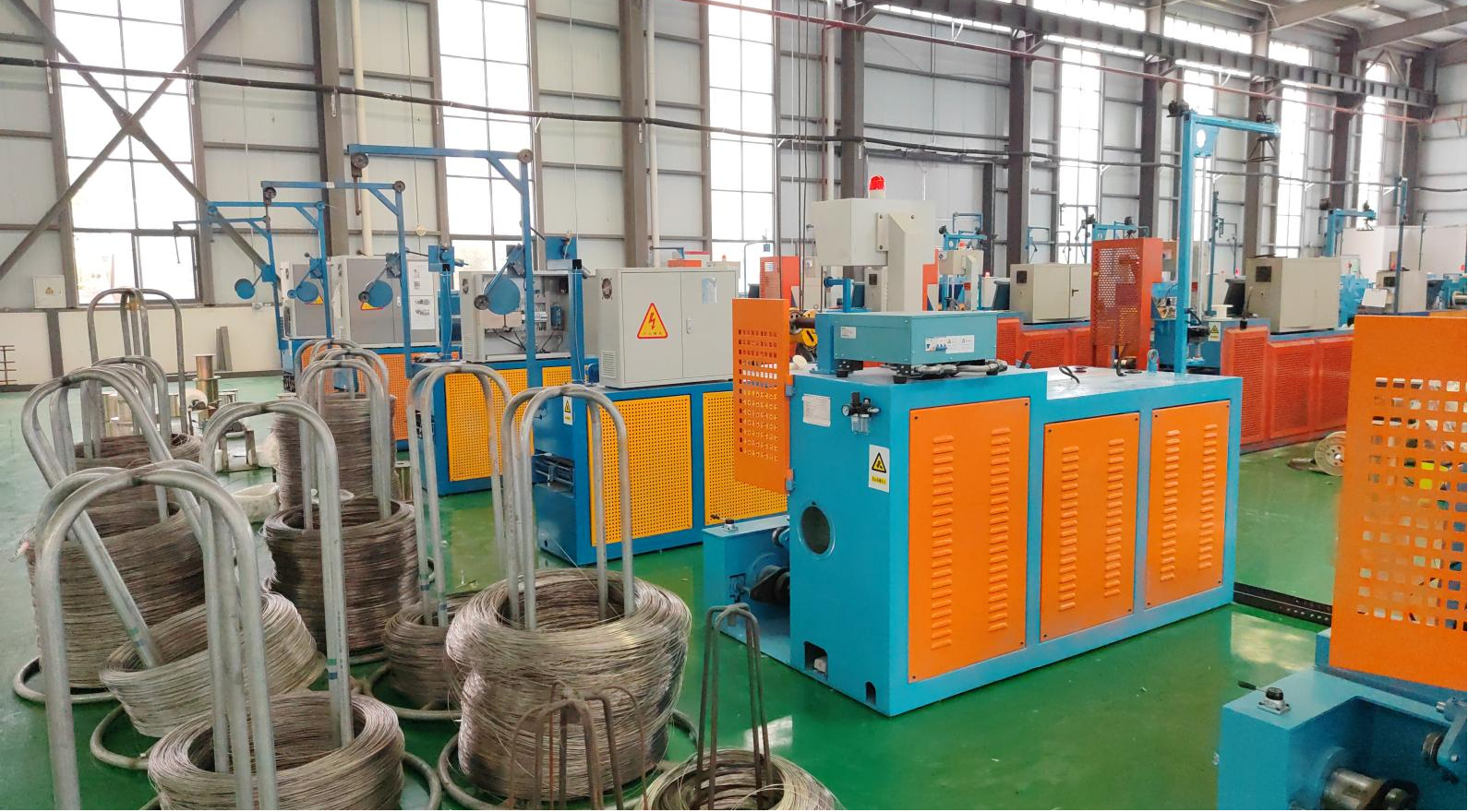In the world of materials science and electrical engineering, the question of whether nichrome is a good or bad conductor of electricity has long intrigued researchers, engineers, and industry professionals alike. As a leading company in the field of electrical heating alloys,Tankii is here to shed light on this complex issue.
Nichrome, an alloy primarily composed of nickel and chromium, has unique electrical properties. At first glance, when compared to highly conductive metals like copper or silver, nichrome may seem like a relatively poor conductor. Copper, for example, has an electrical conductivity of around 59.6×10^6 S/m at 20 °C, while silver's conductivity is about 63×10^6 S/m. In contrast, nichrome has a much lower conductivity, typically in the range of 1.0×10^6 - 1.1×10^6 S/m. This significant difference in conductivity values might lead one to label nichrome as a "bad" conductor.
However, the story doesn't end there. The relatively low electrical conductivity of nichrome is actually a desirable property in many applications. One of the most common uses of nichrome is in heating elements. When an electric current passes through a conductor, according to Joule's law (P = I²R, where P is the power dissipated, I is the current, and R is the resistance), power is dissipated in the form of heat. Nichrome's higher resistance compared to good conductors like copper means that for a given current, more heat is generated in a nichrome wire. This makes it an ideal material for applications such as toasters, electric heaters, and industrial furnaces.
Moreover, nichrome also has excellent resistance to oxidation and corrosion. In high - temperature environments where heating elements are often used, the ability to resist degradation is crucial. While its lower conductivity might be a drawback in applications where minimizing resistance is key, such as in power transmission lines, it becomes a distinct advantage in heating applications.
From [Company Name]'s perspective, understanding the properties of nichrome is fundamental to our product development and innovation. We produce a wide range of nichrome - based heating elements that are used in various industries. Our R & D team is constantly working on optimizing the composition of nichrome alloys to further enhance their performance. For example, by fine - tuning the ratio of nickel and chromium, we can adjust the electrical resistance and mechanical properties of the alloy to better suit specific application requirements.
In conclusion, the classification of nichrome as a good or bad conductor of electricity depends entirely on the context of its application. In the realm of electrical conductivity for power - efficient transmission, it is not as effective as some other metals. But in the field of electrical heating, its properties make it an irreplaceable material. As technology continues to evolve, we are excited to explore new ways to utilize nichrome and other heating alloys to meet the growing demands of various industries. Whether it's developing more energy - efficient heating solutions for households or high - performance heating elements for industrial processes, the unique properties of nichrome will continue to play a significant role in shaping the future of electrical heating applications.

Post time: Feb-21-2025




